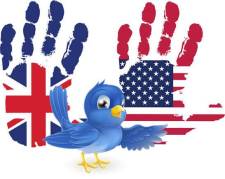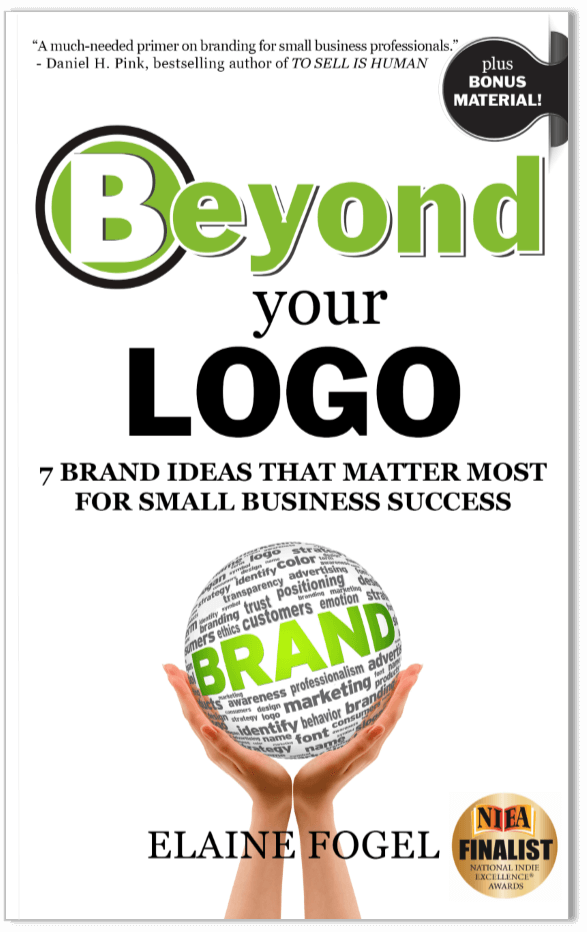content strategy
Only a Quarter of Nonprofits Have a Content Marketing Strategy to Guide Them
 The good news is that 92% of surveyed nonprofit professionals are using content marketing. The not-so-good news is that 26% rate themselves as effective at content marketing and only 25% have a documented content strategy to guide their efforts.
The good news is that 92% of surveyed nonprofit professionals are using content marketing. The not-so-good news is that 26% rate themselves as effective at content marketing and only 25% have a documented content strategy to guide their efforts.
The 2014 Nonprofit Content Marketing Research: Benchmarks, Budgets and Trends–North America, from the Content Marketing Institute and Blackbaud, says the lack of content marketing knowledge and training is a bigger challenge for nonprofit professionals than it is for marketers at business-to-business (B2B) and business-to-consumer (B2C) companies.
Results worth noting:
- Small organizations are more likely than large organizations to have someone who oversees content marketing strategy (71% vs. 62%). Surprised?
- 65% of nonprofit professionals are producing more content than they did one year ago. Continue reading
Guess the Top Content Marketing Goal for B2C and B2B
What’s your organization’s top content marketing goal? Would you like to know if it’s the same as 79% of B2C (business-to-consumer) and 82% of B2B (business-to-business) companies?
A study from MarketingProfs and the Content Marketing Institute (CMI) says that “B2B marketers remain slightly more likely than B2C marketers to be using content marketing (93% and 90%, respectively), per the studies, with the former also more likely to rate their efforts as being effective (42% and 34%, respectively). Adoption and effectiveness appear to be on the increase for both groups.”
Before I get to the top content marketing goal, here are some interesting comparisons between B2C and B2B:
- This year, 72% of B2C marketers said they’re creating more content than they did one year ago, about on par with the 73% of B2B marketers increasing their level of output. Meanwhile, 60% of B2C content marketers plan to increase their content marketing budgets over the next 12 months, as do 58% of B2B content marketers.
- B2B marketers still allocate a higher share of their budgets to content marketing than their B2C counterparts, though (30% and 24%, respectively).
- For B2C content marketers, the most widely used tactics are social media other than blogs (88%), articles on their websites (78%), e-newsletters (76%) and blogs (72%), with the same order of adoption apparent among B2B marketers.
- Facebook is – predictably – the most commonly used social platform to distribute content among B2C content marketers (by 89%), and is also rated the most effective by its users (62%). For B2B marketers, LinkedIn is both most-used and most-highly rated.
- Web traffic is the top content marketing metric for both B2C (66%) and B2B (63%) marketers. Social media sharing is relatively more important to B2C respondents, who are far less interested in measuring sales quality and quantity.
- Lack of time is the top challenge faced by both B2C (57%) and B2B (69%) content marketers. B2C respondents are relatively more concerned with producing the kind of content that engages, while B2B marketers are more concerned with producing enough content.
- 39% of B2C marketers have a documented content strategy, compared to 44% of B2B marketers.
Okay now. The TOP content marketing goal for both B2C and B2B: Brand awareness! B2C (79%) and B2B (82%).
Customer acquisition (71%) and retention/loyalty (65%) are the next-most common goals for B2C respondents, while lead generation is next among B2B respondents.
And, again… what’s your organization’s top content marketing goal? Is it the same as this study indicates? Please share.
Chart: MarketingCharts
Brits are More Secure and Positive than Americans in Twitter Sharing
 As friendly and allied the U.K. is with the U.S., there have always been distinct cultural differences between the two countries. Now, those differences extend to the social media space too, in particular, on Twitter.
As friendly and allied the U.K. is with the U.S., there have always been distinct cultural differences between the two countries. Now, those differences extend to the social media space too, in particular, on Twitter.
A new study by 360i Digital Agency shows that motivation for sharing tweets varies greatly - U.K. users seek connection and conversation, while U.S. users are driven by validation and self-expression.
OK, we can get into a whole discussion on the stereotypes and psychology of this, but I am a marketer, not a psychologist. And, as a Canadian living in the U.S., I fall somewhere between the two.
So, what does this research factoid tell us as marketers?
The study authors suggest that we need to understand the cultural psyche of an audience to help us “tailor content and messaging to better incentivize conversation and sharing. By playing into the motivations of an audience, brands can deliver a more relevant value exchange.”
Other interesting tidbits and recommendations:
-
Twitter users in the U.S. and the U.K. prefer to engage in the platform at different points of the day. U.S. users are most active in the evening, whereas U.K. users intermittently update throughout the day as new topics of conversation arise. Marketers will want to understand the preferred time of activity for a regional audience, and align their content strategy accordingly to maximize engagement.
- U.K. users are generally more positive than their U.S. counterparts, and tend to avoid revealing overtly “raw emotion,” such as anger, on Twitter. Marketers should keep this in mind when developing a social tone of voice for their brands across different regions. Authenticity is a big factor in how brands approach consumers in the U.S., so quips about common frustrations can help make brands more relatable. Humanizing the brand is equally as important in the U.K., but it should be done in a way that generates a positive response, as that audience is less prone to air blatant grievances in social media.
-
People in the U.S. tend to be more opinionated when interacting with brands on Twitter. When evaluating consumer sentiment online, we recommend that marketers hold the U.K. and U.S. to different standards. This means that a slew of negative commentary coming from a U.S. audience online might not point to a bigger issue offline, just as a lack of demonstrated brand love from U.K. users might not point to a lack of emotional connection to that brand within the general population.
If you market to both audiences, this information should be valuable to you. And, if not, it’s entertaining anyway. Right?
Do these results surprise you or not? Please share.





